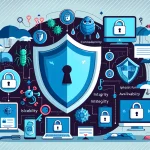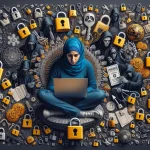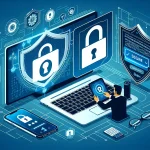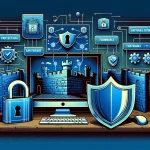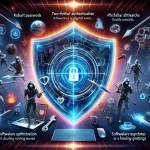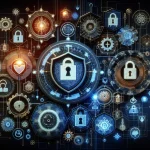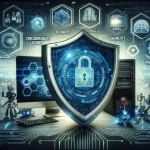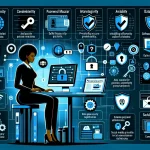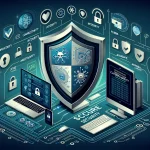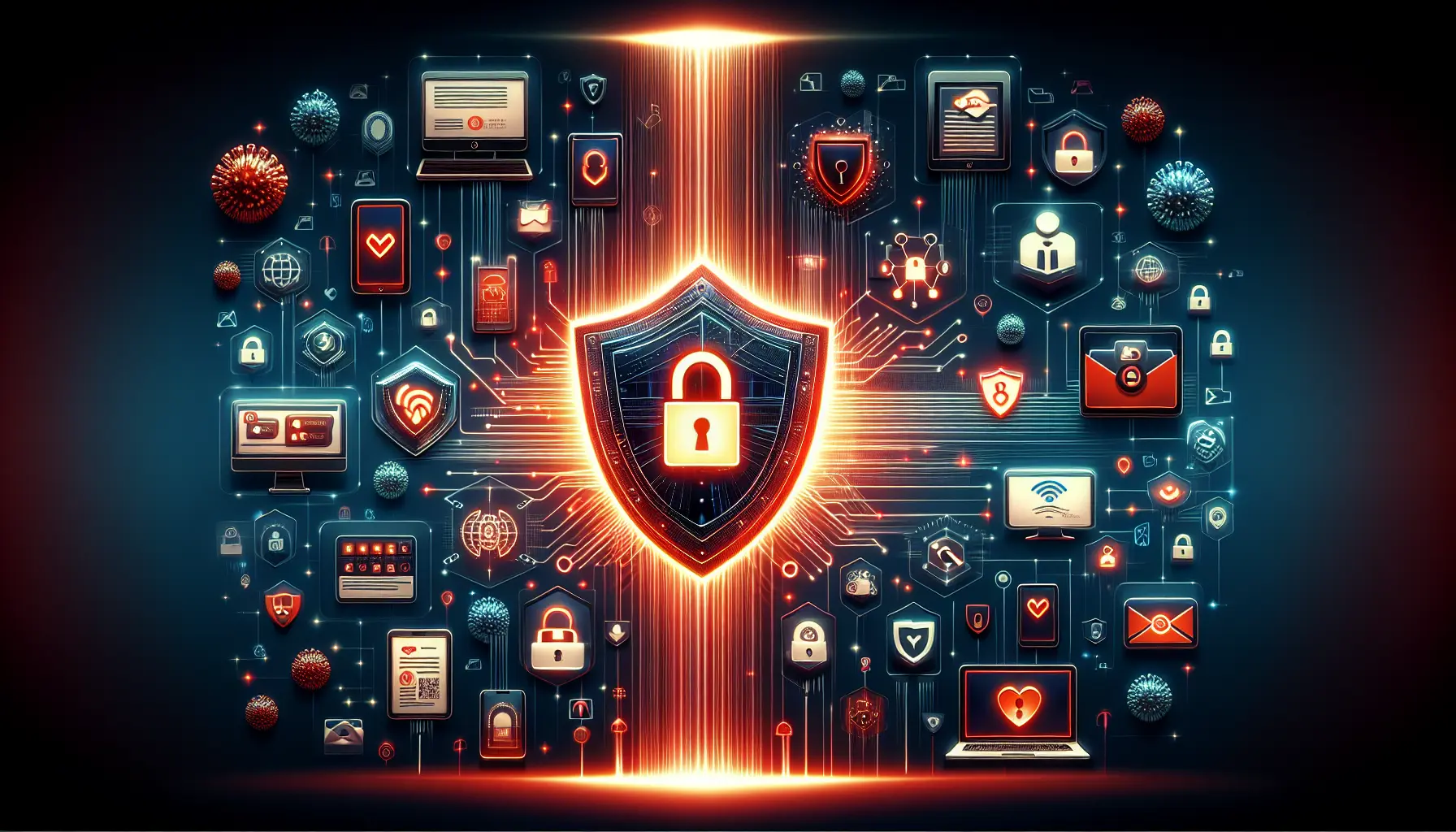
Estimated reading time: 8 minutes
Key Takeaways
- Cybersecurity Awareness: Understanding the basics of cybersecurity is crucial for protecting your digital life.
- Strong Passwords: Use unique, complex passwords for each account to enhance security.
- Two-Factor Authentication: Always enable 2FA for an extra layer of protection.
- Safe Browsing: Be cautious of suspicious websites and downloads to avoid cyber threats.
- Regular Updates: Keep your software and devices updated to protect against vulnerabilities.
Table of Contents
- Why Learn About Cybersecurity?
- What is Cybersecurity?
- Building Your Digital Defense Strategy
- Safe Browsing Habits
- Securing Your Home Network
- Email Security and Phishing Prevention
- Virtual Private Networks (VPNs)
- Staying Current with Security Updates
- Taking Action: Your Security Checklist
- Frequently Asked Questions
Why Learn About Cybersecurity?
Think of cybersecurity as your digital shield in an increasingly connected world. Whether you're shopping online, checking emails, or scrolling through social media, understanding how to protect yourself from cyber threats is no longer optional – it's essential.
This guide breaks down fundamental cybersecurity concepts into practical, actionable steps that anyone can follow, regardless of technical expertise. Let's start with the basics and build your digital defense strategy.
What is Cybersecurity?
Cybersecurity encompasses all the methods and tools used to protect your digital life from threats. It includes safeguarding your:
- Personal information
- Online accounts
- Digital devices
- Financial data
- Private communications
Common cyber threats include viruses, phishing scams, and ransomware attacks that can steal your data or lock you out of your devices. Understanding these threats is your first step toward prevention. For more information, visit this resource.
Building Your Digital Defense Strategy
1. Password Protection
Strong passwords form your first line of defense. Create passwords that are:
- At least 12 characters long
- Mixed with uppercase and lowercase letters
- Include numbers and special characters
- Unique for each account
Consider using a password manager to store and generate strong passwords securely. For more on creating and managing strong passwords, check out our Ultimate Guide to Strong Passwords.
2. Two-Factor Authentication (2FA)
Enable 2FA wherever possible. This extra security layer requires a second form of verification beyond your password, typically through:
- Text message codes
- Authentication apps
- Biometric data (fingerprint or face recognition)
Learn more about advanced authentication methods in our Best Cybersecurity Tools Guide.
Safe Browsing Habits
Protect yourself while exploring the internet by:
- Checking for HTTPS in website URLs
- Avoiding suspicious downloads
- Using updated antivirus software
- Being cautious with pop-ups and ads
Remember: If a website looks suspicious or an offer seems too good to be true, trust your instincts and stay away. For more tips on safe browsing, visit our Antivirus vs Anti-Malware Guide.
Securing Your Home Network
Your home network needs protection too. Take these steps:
- Change default router passwords
- Use WPA3 encryption
- Update router firmware regularly
- Enable firewall protection
Implementing these measures can significantly reduce your vulnerability. For comprehensive cloud security practices, refer to our Cloud Security Best Practices 2025.
Email Security and Phishing Prevention
Phishing emails remain a major threat. Stay safe by:
- Verifying sender addresses carefully
- Never clicking suspicious links
- Avoiding downloading unexpected attachments
- Being wary of urgent requests for personal information
Real banks and legitimate companies never ask for sensitive information via email. Enhance your email security by exploring our Essential Privacy Browser Extensions.
Virtual Private Networks (VPNs)
VPNs encrypt your internet traffic, providing privacy and security. Use them when:
- Connected to public WiFi
- Accessing sensitive information online
- Banking or shopping
- Traveling
Choose a reputable VPN service with a clear privacy policy and strong encryption standards.
Staying Current with Security Updates
Regular updates patch security vulnerabilities. Make it a habit to:
- Enable automatic updates on all devices
- Update applications promptly
- Check for firmware updates on routers and smart devices
- Follow cybersecurity news and trends
Staying updated is crucial for maintaining security. For more information, visit our Cybersecurity Threats 2025 Guide.
Taking Action: Your Security Checklist
Start implementing these security measures today:
- Update all passwords to strong, unique combinations
- Enable 2FA on important accounts
- Install and update antivirus software
- Secure your home network
- Set up a VPN
- Create regular backup schedules
- Review privacy settings on social media
Remember, cybersecurity isn't a one-time task but an ongoing process of staying alert and protected in your digital life. For more information, visit this resource.
Frequently Asked Questions
What is cybersecurity?
Cybersecurity refers to the practices and technologies used to protect computers, networks, and data from unauthorized access, attacks, or damage.
Why is it important to have strong passwords?
Strong passwords are essential because they help prevent unauthorized access to your accounts and sensitive information.
What is two-factor authentication?
Two-factor authentication (2FA) is a security process that requires two different forms of identification before granting access to an account.
How can I protect myself from phishing attacks?
To protect yourself from phishing attacks, always verify the sender's email address, avoid clicking on suspicious links, and never provide personal information via email.
What should I do if I suspect a cyber attack?
If you suspect a cyber attack, disconnect from the internet, run a security scan, and change your passwords immediately. Consider contacting a cybersecurity professional for assistance.

